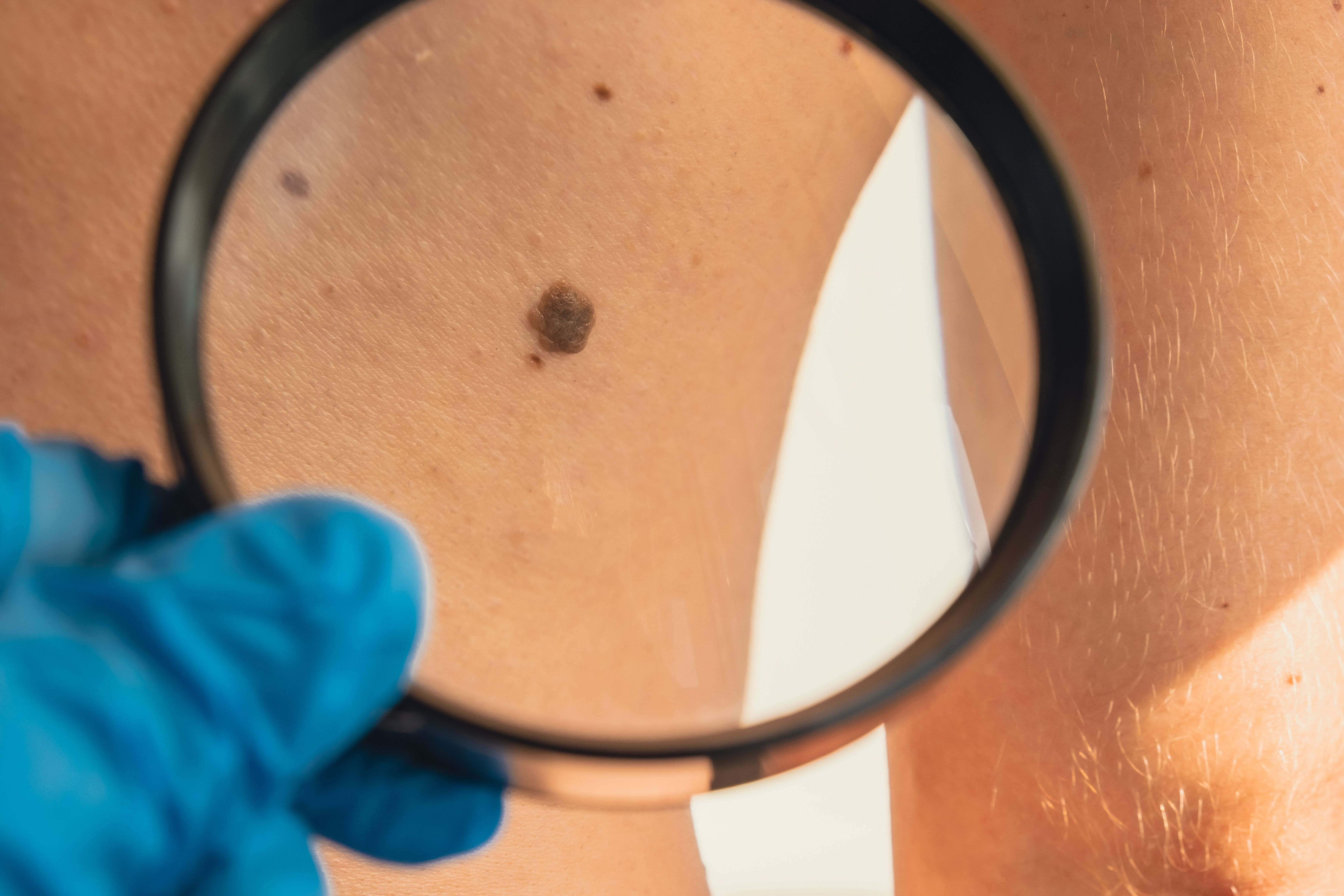Article
Researchers Explore Ethical Considerations for Gene Therapy in Hemophilia
Author(s):
The second half of 2022 brought the first gene therapies for hemophilia to the market in both the United States and abroad.
As gene therapies have now entered the arena of hemophilia treatment, researchers of a new paper have published a narrative review of insights into and considerations for the ethical landscape of the treatments. Their findings appear in Journal of Thrombosis and Haemostasis.1
The second half of 2022 brought the first gene therapies for hemophilia to the market in both the United States and abroad, with the approval of Hemgenix (etranacogene dezaparvovec) for hemophilia B by the FDA in November and Roctavian (valoctocogene roxaparvovec) for hemophilia A by the European Union in August. An FDA decision on Roctavian is expected March 31.2 Both are adeno-associated virus (AAV) vector-based gene therapies.
With other potential gene therapies in development and anticipated to join the market in the near future that will likely serve as temporary alleviation of symptoms rather than a permanent cure, the researchers outlined various ethical aspects of gene therapy, including the potential to live up to clinical expectations and access to the treatment.
Although several studies have suggested that hemophilia gene therapy will be cost-effective compared with intravenous and subcutaneous prophylactic treatments, uncertainty remains, including for long-term efficacy and safety of the gene therapies. Current estimations have presumed efficacy of 5 to 10 years.
“The high costs in combination with remaining uncertainty regarding cost-effectiveness creates considerable risks for health care systems and raises questions about what societies should be willing to spend,” described the group. “Because of these uncertainties, there has been discussion about installing alternative payment models, which allow for risk-sharing arrangements between payers, providers, and manufacturers. In discussions on the payment for such novel therapies, it is important to consider that in the resource-rich settings, hemophilia is no longer a life-threatening illness.”
From a clinical perspective, the researchers outlined several considerations, including its use in certain patients. For example, certain patient groups are unsuitable for gene therapy, including children, those with preexisting antibodies against the vector, and patients excluded from most trials, such as those who are on inhibitor treatment and those with liver disease.
The group cited recent research showing that AAV-based gene therapies, such as Hemgenix and Roctavian, increase factor VIII and factor IX levels to a normal range, although these effects seem to waiver over time, and long-term follow-up data remain limited. Patients may also require immunosuppressive therapy as a result of treatment impact on liver transaminases; data from the phase 3 trial of Roctavian showed that 85.8% of patients had elevated levels that required treatment with glucocorticoids.
“The treatment may also create psychosocial challenges that require support,” noted the researchers. “Current literature suggests that such support may be both necessary in the scenario where the effects of gene therapy fade away over time because people would need support dealing with that uncertainty and in the scenario where gene therapy turns out to be a cure because people would have to adjust to a life without the symptoms of hemophilia.”
Outside of gene therapies, other novel treatments have improved the standard of care for hemophilia, resulting in some patients preferring these treatments to gene therapy.
With subsequent gene therapies anticipated in the future, the researchers noted that available data have raised expectations of the efficacy of newer gene therapies, including those that use a lentiviral vector or lipid nanoparticles, through stem cell therapy, or gene editing technologies.
Reference
1. Baas L, van der Graaf R, van Hoorn ES, Bredenoord AL, Meijer K. The ethics of gene therapy for hemophilia: a narrative review. J Thromb Haemost. Published online January 2, 2023. doi:10.1016/j.jtha.2022.12.027
2. BioMarin announces stable and durable annualized bleed control for Roctavian in largest phase 3 gene therapy study in adults with severe hemophilia A; 134-participant study met all primary and secondary efficacy endpoints at 3-year analysis. News release. BioMarin; January 8, 2023. Accessed February 17, 2023. https://bit.ly/3Sc4pzx




